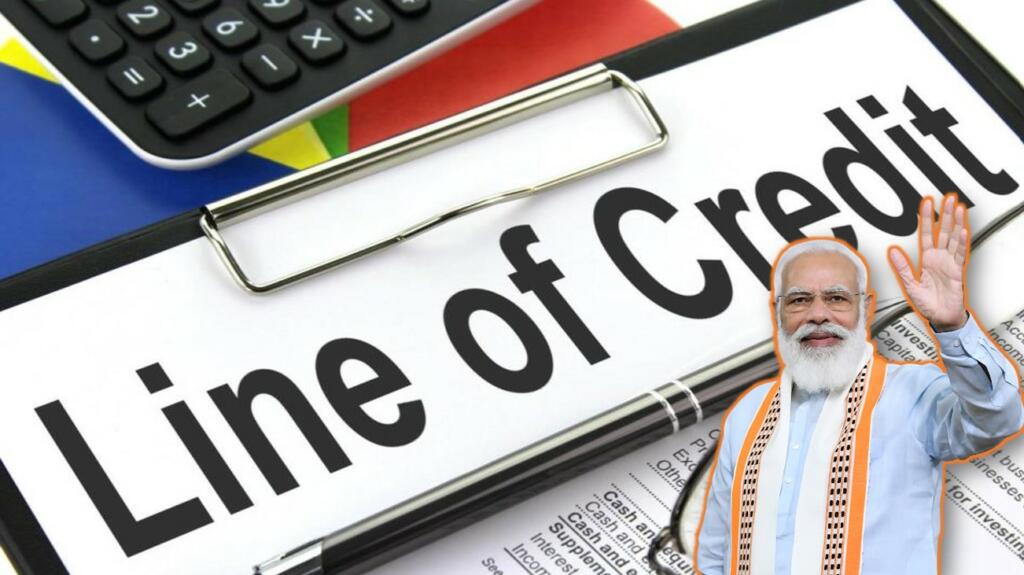Over the last 3-decades, China has focused on trapping poor countries with its notorious debt-trap diplomacy. On the contrary, India has been consistent with its cooperative and friendly nature of diplomatic engagement. The same philosophy is applied by India in its LOC engagements to save countries from China’s traps.
Debt-Trap Diplomacy by China
Debt-trap diplomacy is the term used to describe short-term economic incentives leading to sovereignty submissions by nations. Typically, an economically superior country gives loans to an inferior one by terming it as assistance. But the terms of loans are very harsh and more often than not, if the debtor country isn’t able to pay the full amount, the creditor country imposes its hegemony on the debtor.
Read more: PM Modi’s stance on Chinese ‘debt-trap’ diplomacy praised by US
The term is mainly used to define Chinese diplomacy. Through its Belt and Road initiative (BRI), China has indebted a major part of Africa. Currently, China has lent over 5-percent of global GDP to various countries. If these loans are not paid, China has inducted clauses to make sure that it can send its men and mission to occupy the territories of that country. Hambantota port of Sri Lanka is a prime example of this debt-trap diplomacy.
For a long time, countries have been vouching for non-colonising loans from other countries. India has silently taken over the responsibility of providing soft loans to these nations.
What Does India Do?
India has extended a special type of developmental assistance to countries not willing to deposit their sovereignty as collateral. These assistances are called as Line of Credits.
Line of Credit is a borrowing by a country (or an institution) that can be used at any point according to the requirements of the debtor. In international finance, the Line of Credit is extended by one country to another to assist the debtor country with its developmental projects.
According to a brief explanation by the Ministry of External Affairs (MEA), LOCs are used to finance critical infrastructure sectors such as transport connectivity through railways, roads and ports; power generation and distribution; agriculture and irrigation; manufacturing industries, healthcare, education and capacity building.
India’s leverage in BRI Nations
Currently, India has extended this facility to a total of 65 countries through the Exim Bank of India. India has allocated a total of $ 30.59 billion to various countries. A big chunk of these countries is also facing a lurking threat of China’s debt-trap diplomacy.
These countries include BRI mired African nations like Ethiopia, the Republic of Congo, Sudan, Zambia, Kenya, Cameroon, Mali, and Cote d’Ivoire. Moreover, India has never forced any country to select Indian companies as a partner in their developmental projects. Companies like RITES, IRCON, WAPCOS, and others, have been able to bag local contracts through free and fair open bidding processes according to laws of the lands.
LOCs to neighbours facing apparent threat from China
Not just in Africa, India has been able to leverage LOCs in regional diplomacy as well. Over 50 percent of India’s LOCs has been extended to Asian Countries. These countries include Bangladesh, Sri Lanka, Nepal, Mauritius, Maldives, Myanmar, and Seychelles.
Read more: After India’s $500 million loan, Bangladesh tightens the screws on Chinese companies
Currently, India’s Line of Credit has helped various countries in completing 322 projects, while 277 are on their routes of completion. India has also increased its soft power through assisting significant projects like Parliament Building of Gambia, the Presidential Palace in Ghana, the Kosti Power project in Sudan which provides 1/3rd of the country’s power, the Nyabarongo Power Project in Rwanda which provides 1/4th of the country’s power, Railway Bridges and Signalling Systems in Bangladesh, the post-war rebuilding of the Sri Lankan Railways.
Read more: After realising the true ‘potential’ of Chinese aircraft, Nepal looks all set to dump them
LOCs have the potential to replace China’s aggressive debt-trap policy. Its in-built flexibility is a huge advantage when compared to debt-trap. Moreover, India has been lenient when it comes to failure in repayment. All these positives are slowly building a soft power image for India all around the world, which will eventually help in making the 21st century as Indian century.
